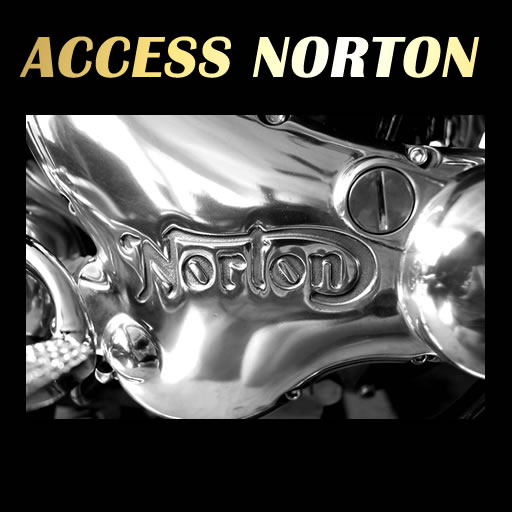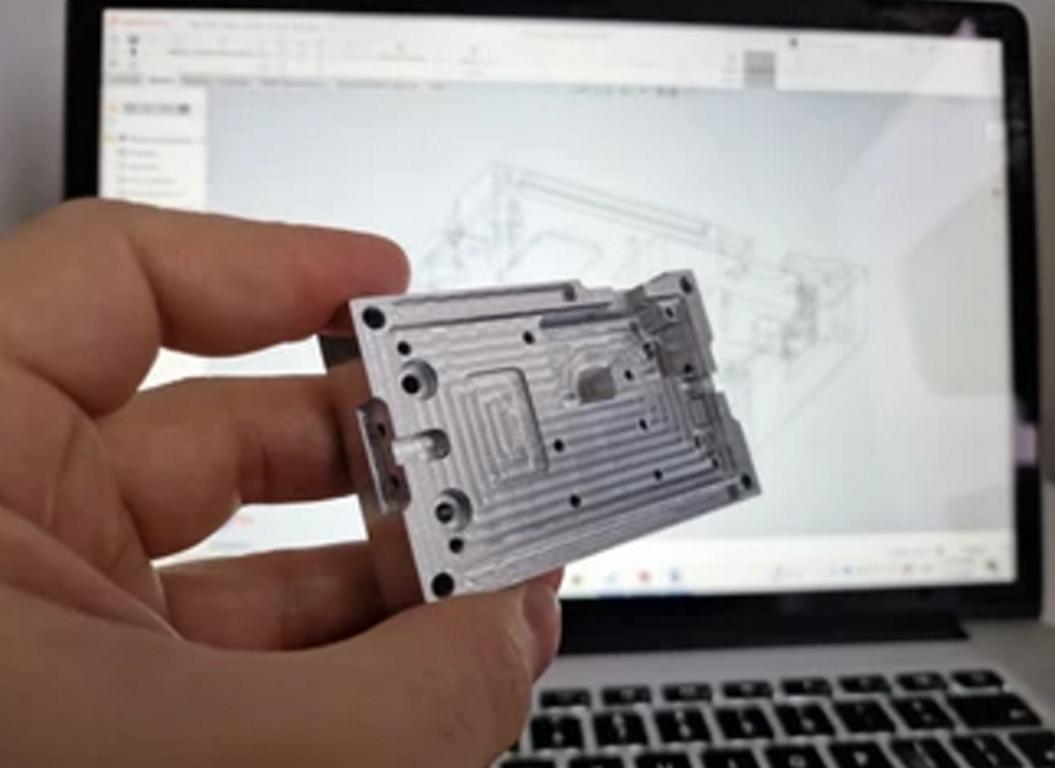Blewdy Yaink
VIP MEMBER
- Joined
- Nov 10, 2018
- Messages
- 221
I wish that I could afford one ,they sound liki the bees knees.On my 850 rebuild I have re tensioed 5 times in 400 miles and still it goes down(copper gasket) .No oil leaks for 100 ml and then out it comes.screw it down same same ,I am tempted to add 5fp to all when I do it again.I dount think that the head is cracked because it dostnt weap until it comes lose. Any ideas ? And yes a great post Cheers Ian
I got busted on that two piston push concept. Thanks for reminding me only one of them fires at a time. haThe composite type does seem to have more success, however when they blow it tends to be quite magnificent. The copper gaskets just bubble and ooze away but the bike still runs.
Judging by the Maney 1007 result, I'll never get a perfect seal.
I might try Cometic for a custom gasket.
Hopefully I've got the cams timed properly so that only one piston is trying to push the head off at any given upstroke!
Glen
And by choosing fasteners of the appropriate strengthSo, "creep" can be minimized by choice of alloy and design of the part.
That's right.I think the original and CNC AUS FA heads were 6061 T6?

That's right.

First ride with NEW head
Well guys, I've finally got my MK1 850 back with it's new Fullauto Technologies head and I rode it first yesterday and then for a few hours today. Apart from some muck in the carb (34mm Mikuni) which gave me the half throttle blahs, it was great. I had to fiddle with a few carb adjustments to...www.accessnorton.com
I wondered about the same. 6061 isn't really suited to gravity casting. Hopefully Ken (Fullauto) will chime in.
- Knut
6061 is important in the history of development of alloys we have today, but it's not directly involved in the production of the STS heads.
Just as a guess on my part, could the Australian foundry been describing a casting alloy as "6061" as a general description of the alloy when the alloy used was actually "a casting alloy a lot like 6061"? I agree, 6061 has never been developed for casting (in fact, the opposite it correct) and a Commando head is difficult to cast in comparison to many others. It might be that that was a "misunderstanding through simplification".

 www.aludiecasting.com
www.aludiecasting.com
Thank you, Ken. I think that it is likely that there is a mix of "common descriptions" and precise technical terminology, leading to confusion and misunderstandings.Sounds like the likeliest explanation.
In searching for info on casting 6061, I did run into one Chinese site with a lot of poorly written info about how they could die cast "pure aluminum 6061". It was difficult to tell from their description what they were really talking about. If anyone needs some entertainment, this is the site. Maybe someone with more experience in the field than I could shed some light on it.

6061 Aluminum Die Casting: Process, Applications, and Benefits
6061 aluminum die casting offers a great anodizing or electronic plating surface finish, 6061 casting used for automotive die casting parts, and other industrieswww.aludiecasting.com
Ken
A distinction has to be made between the gravitation feed casting vs. the pressure / injection casting method, which is what this guy is discussing (compare this to the extrusion method). The latter method will work for 6061. Note high pouring tremperature, special ladle, large and short gates, and a pre-heated die, all measures aiming at preventing the molten alloy to start solidifying while on the run. Note also the simple object shapes.In searching for info on casting 6061, I did run into one Chinese site with a lot of poorly written info about how they could die cast "pure aluminum 6061". It was difficult to tell from their description what they were really talking about. If anyone needs some entertainment, this is the site. Maybe someone with more experience in the field than I could shed some light on it.
Me mumbling to myself: Look away, Derek, look away.... You do not need one of these... you have other things you could spend your savings on... grumble, grumble....
